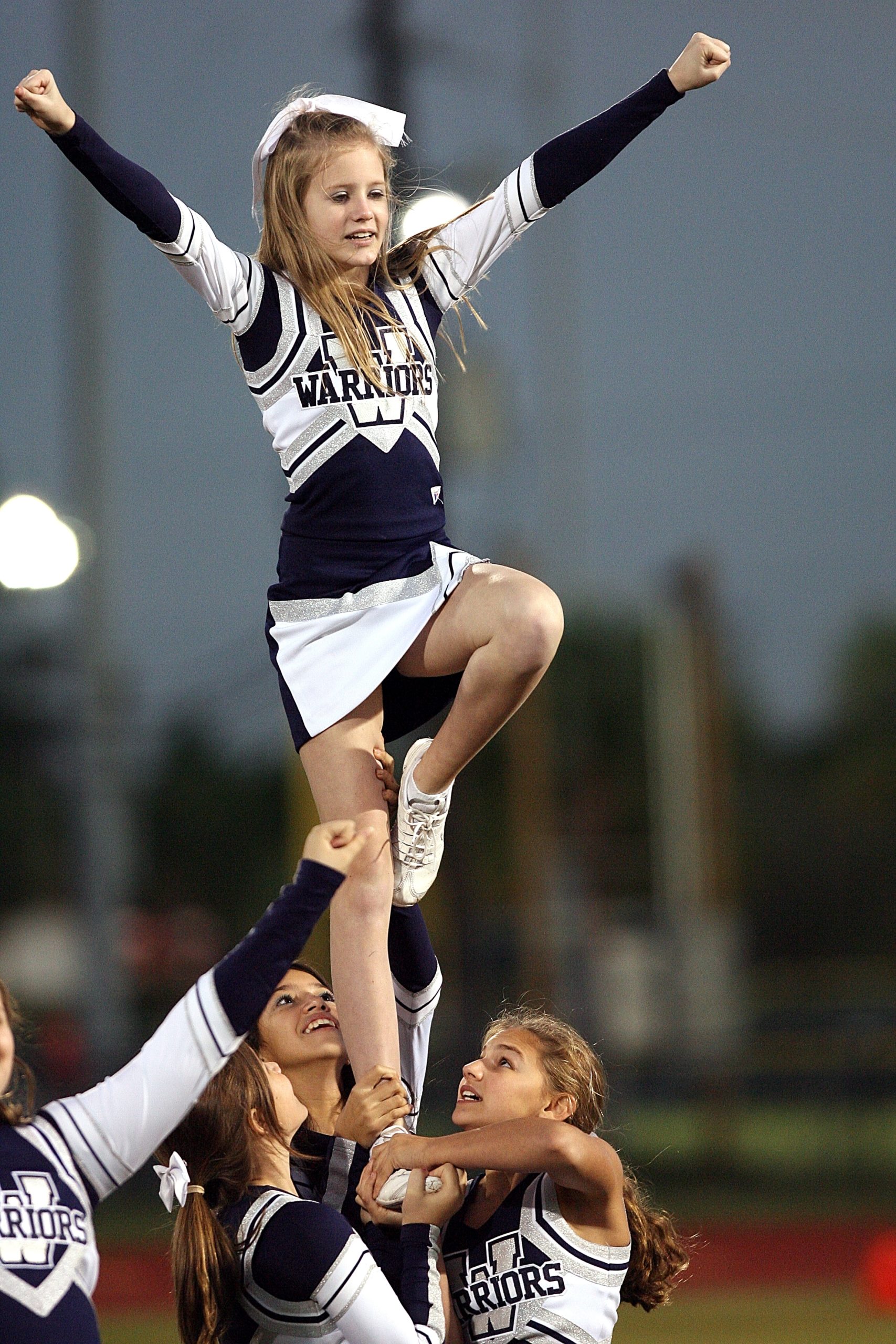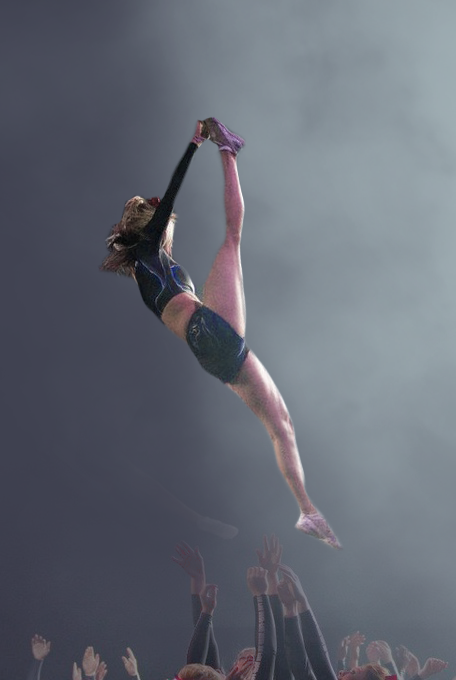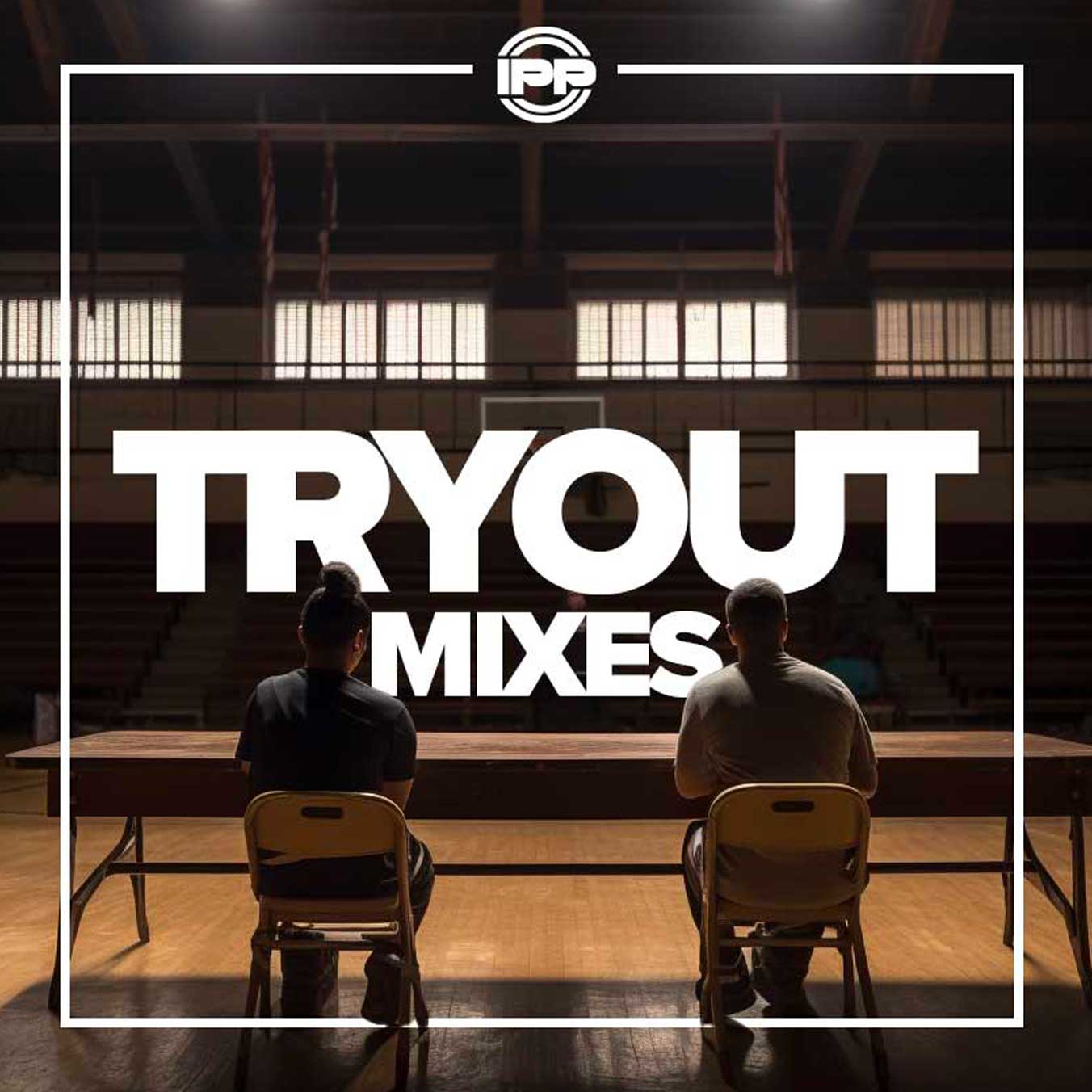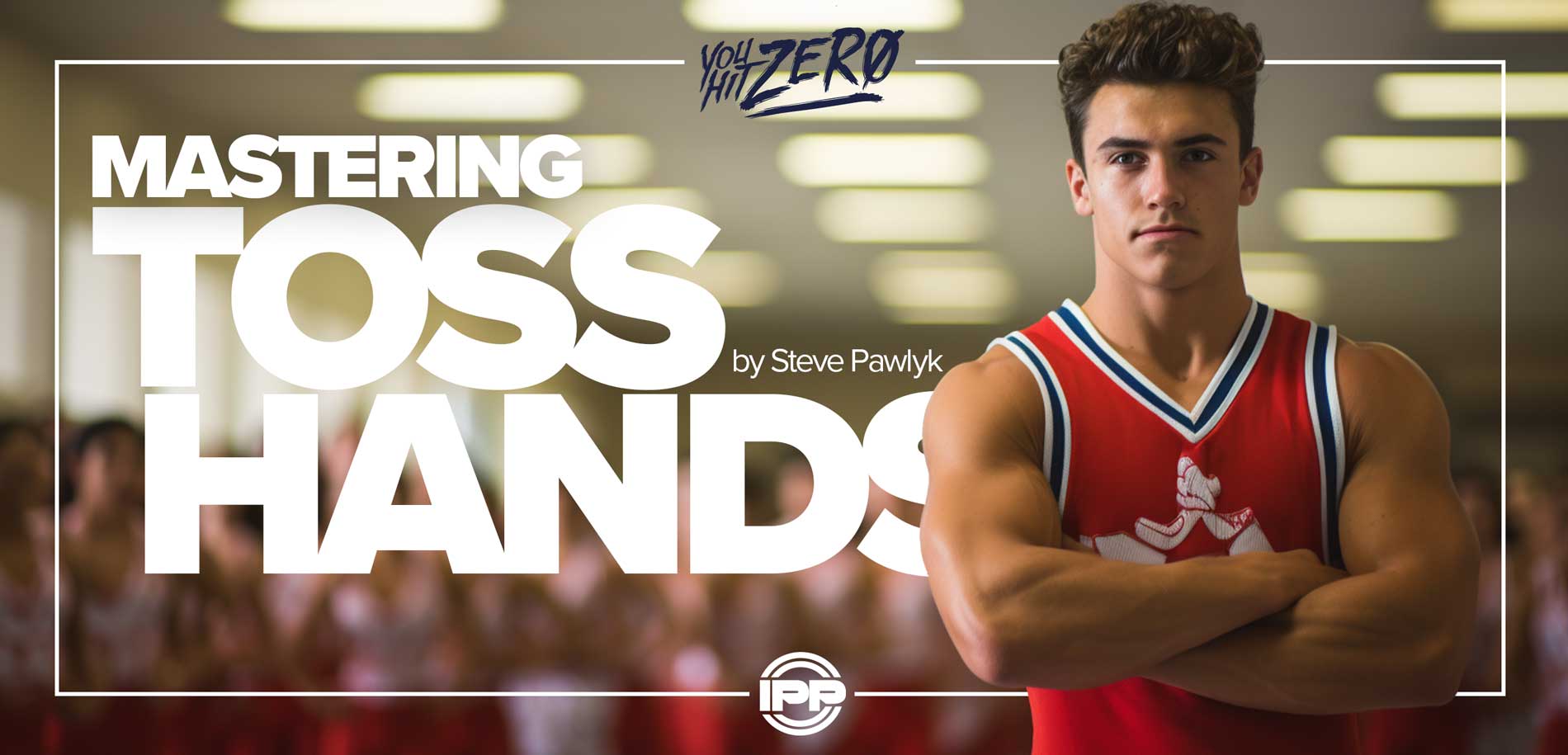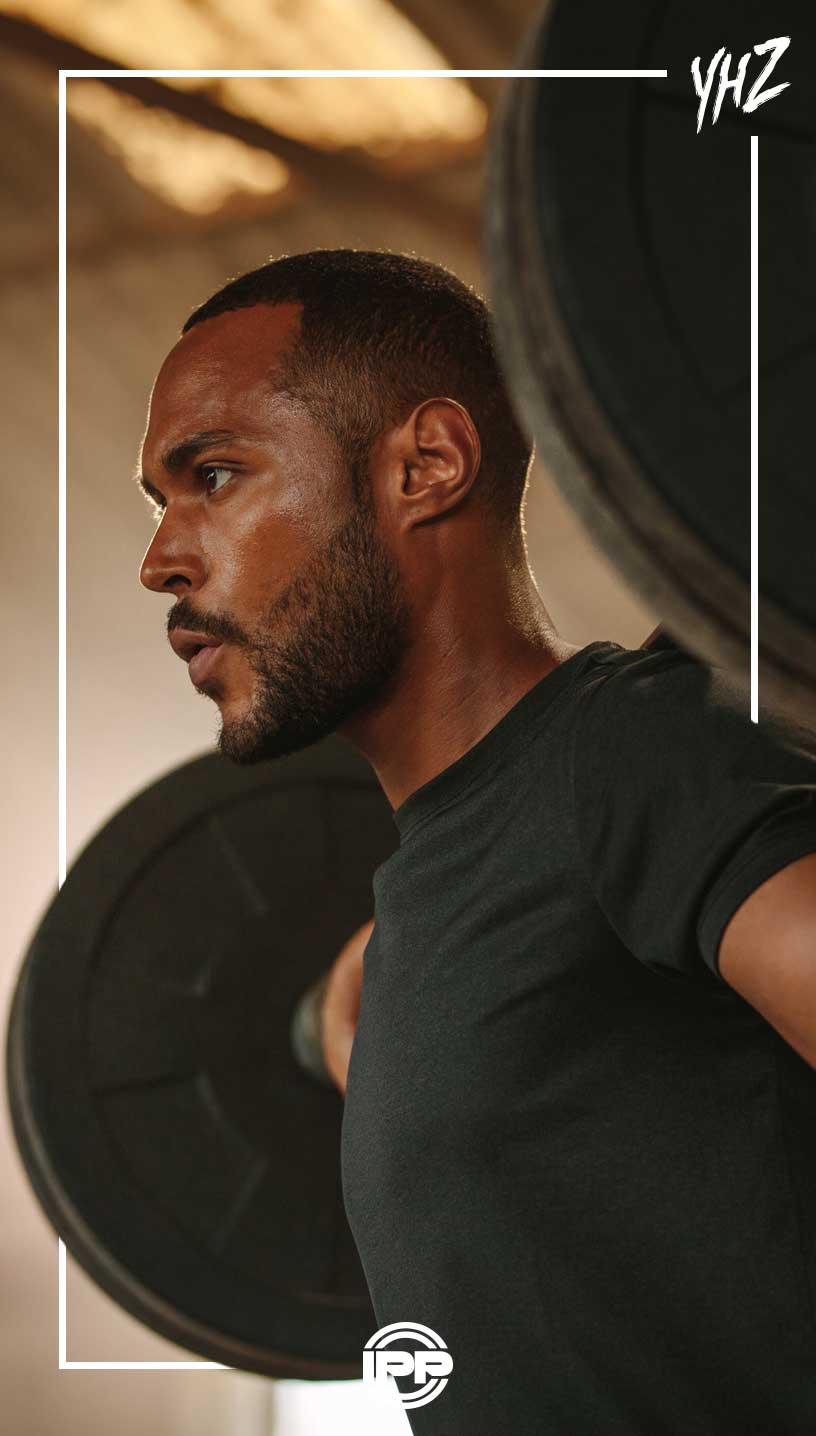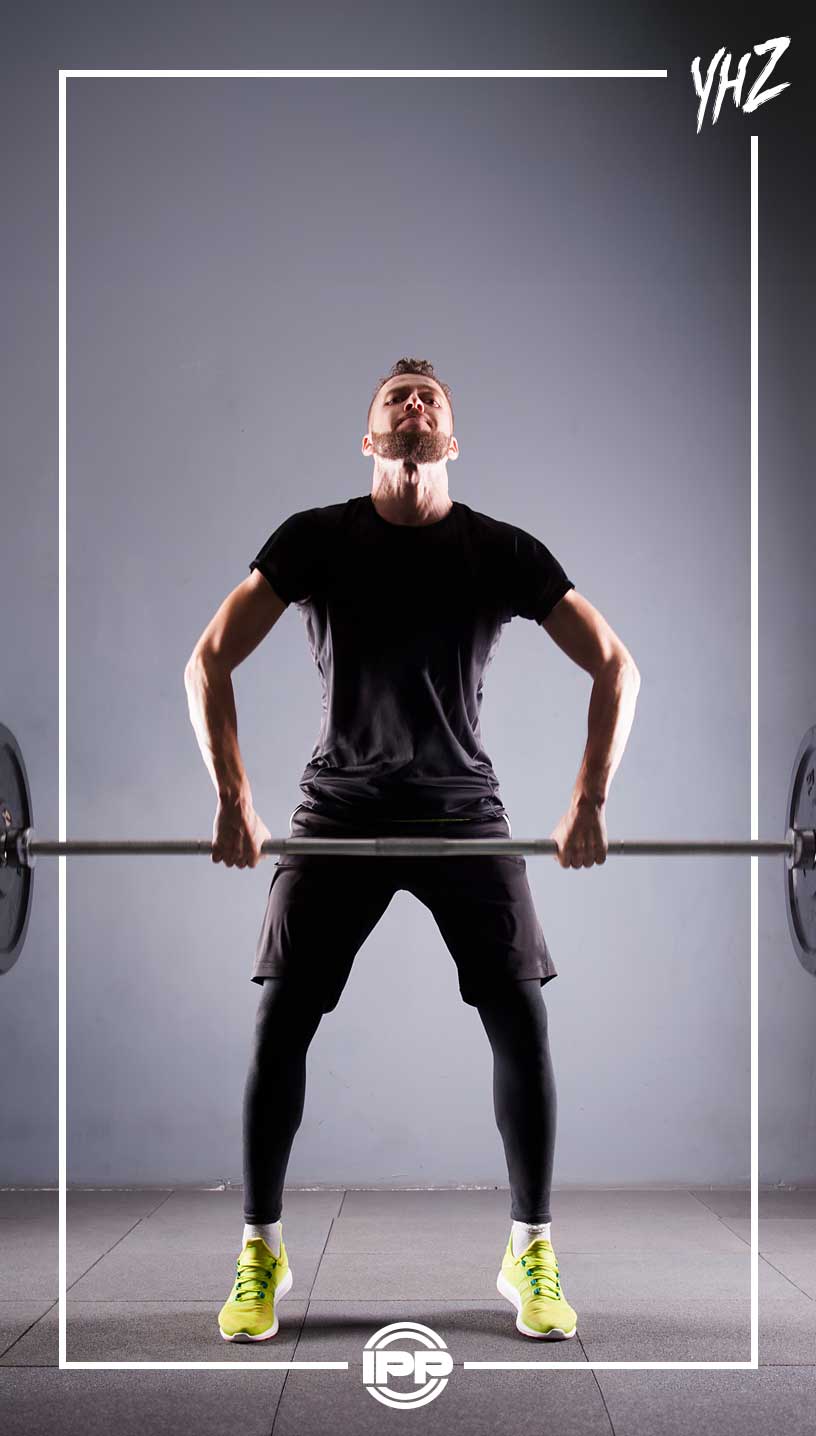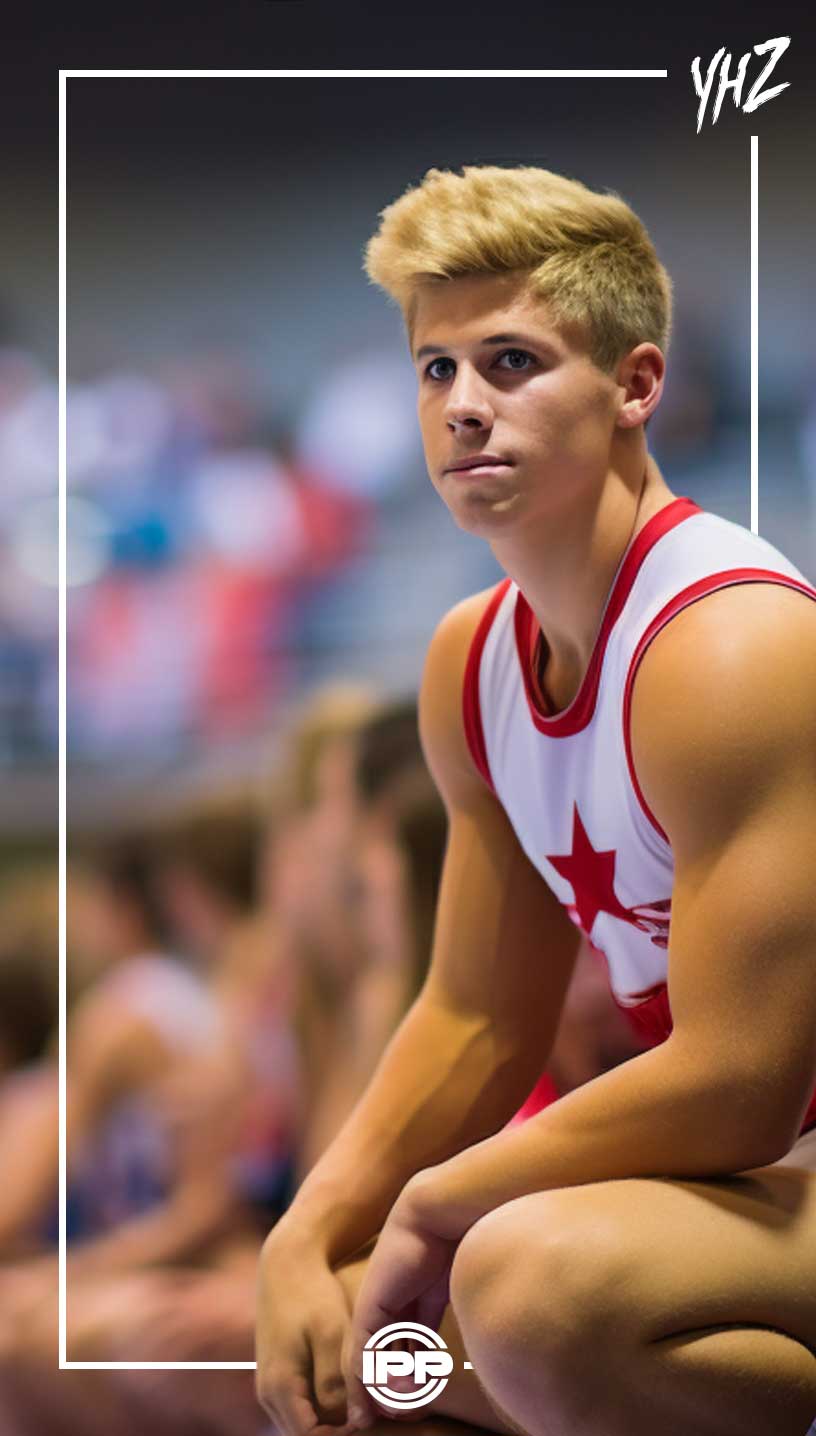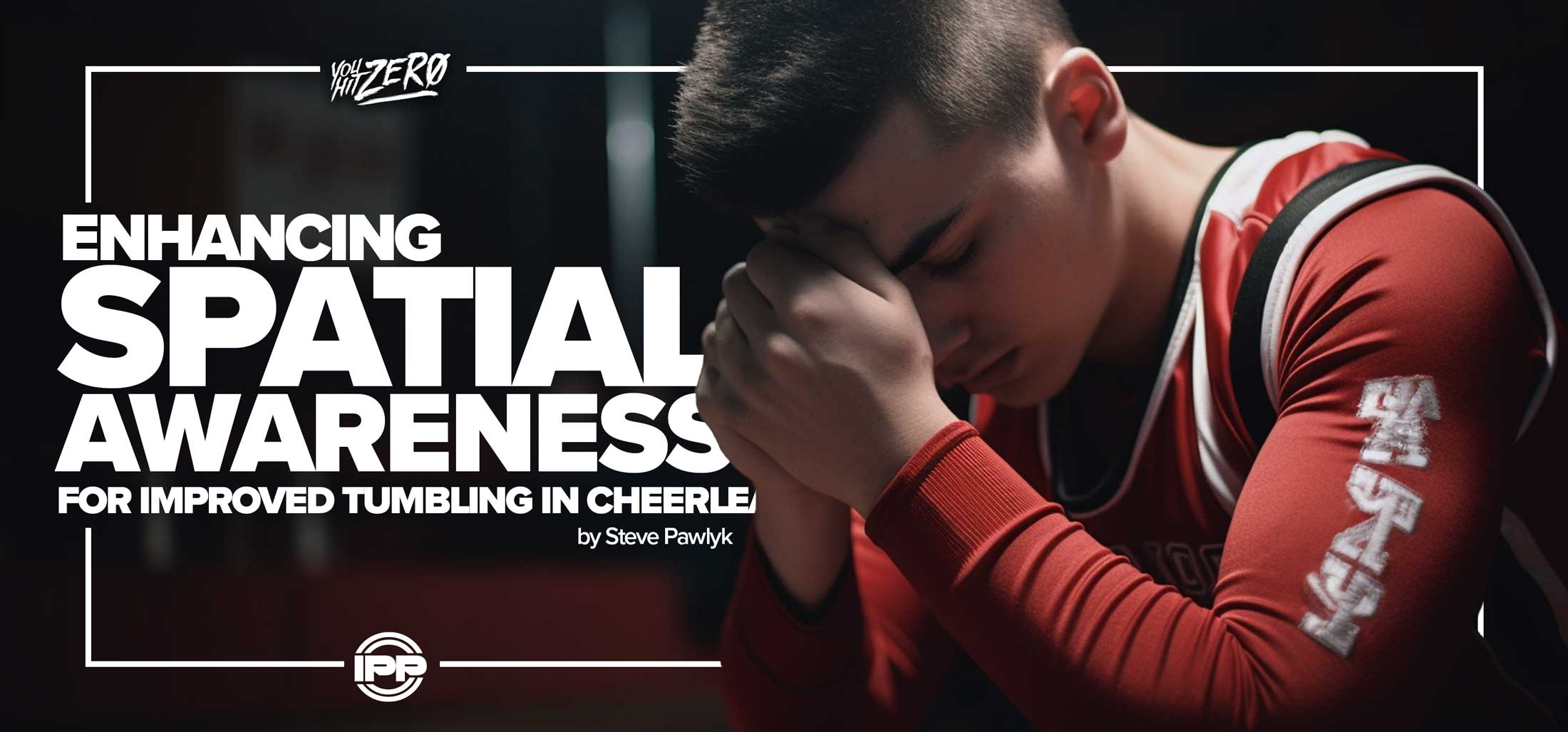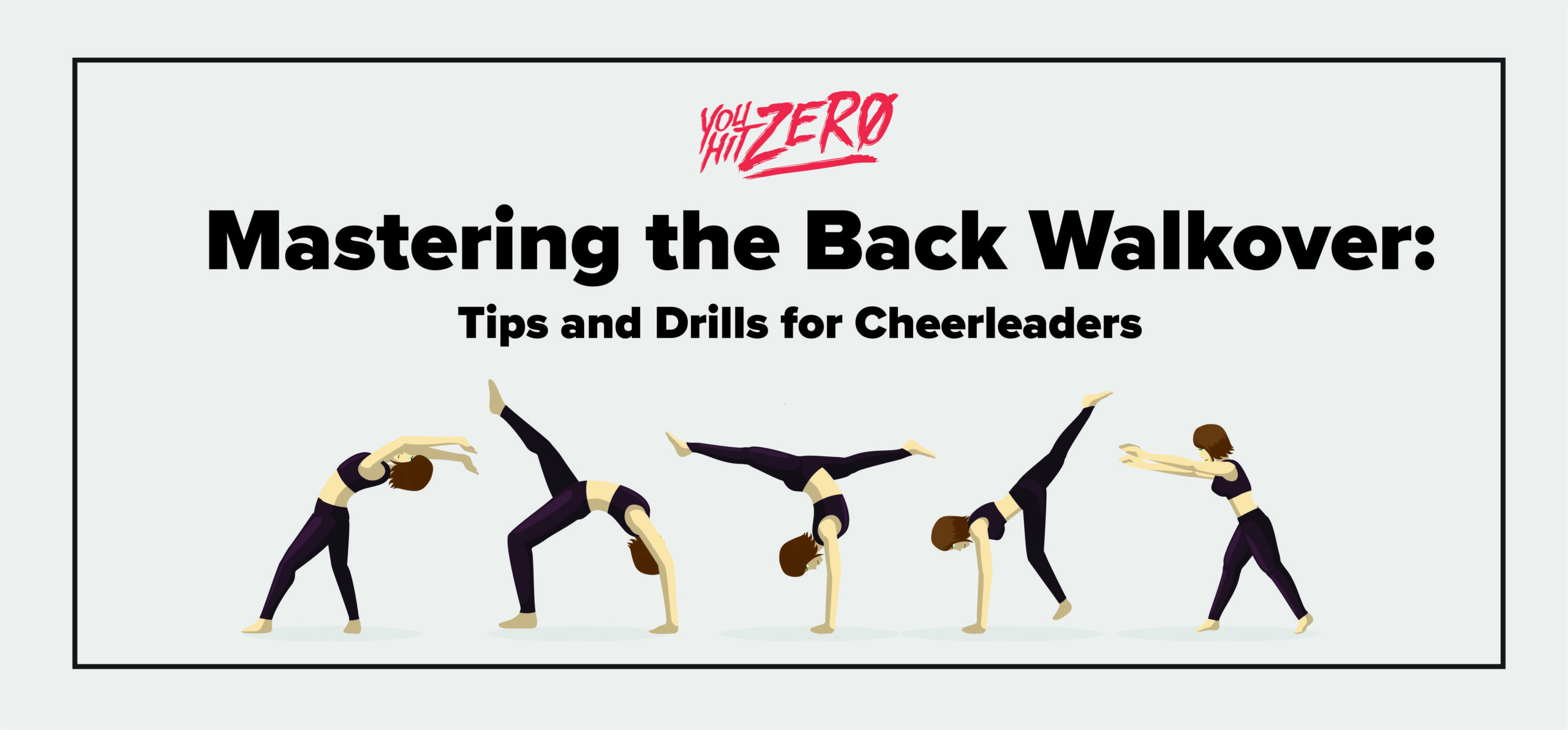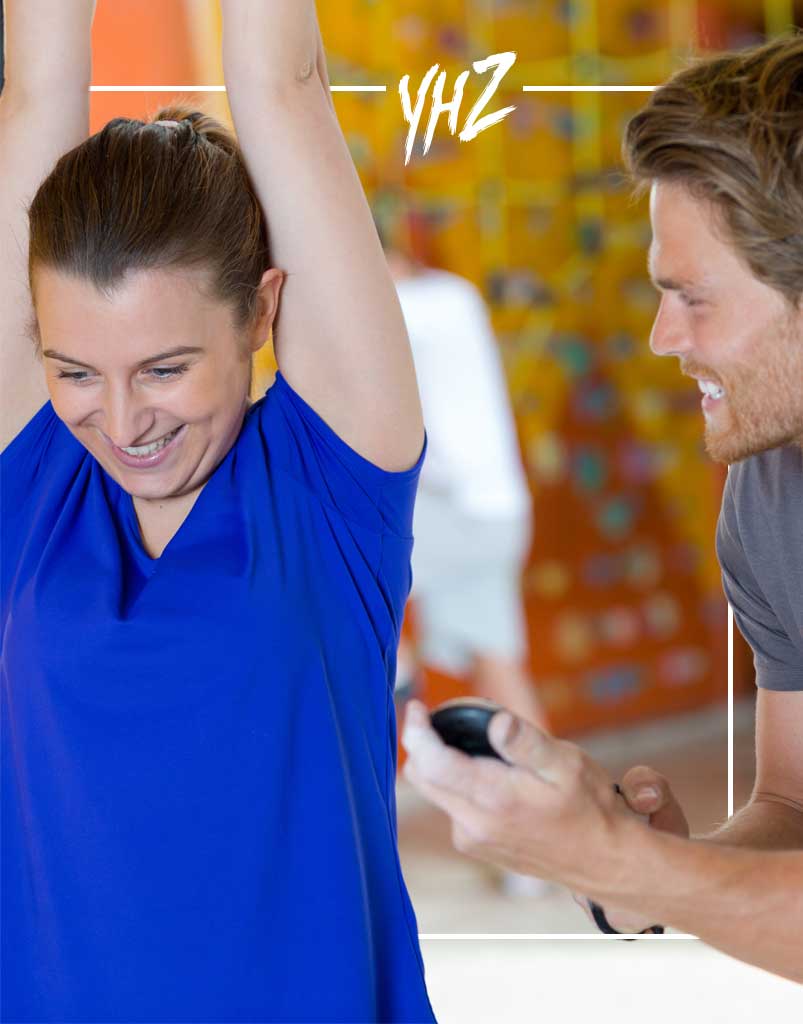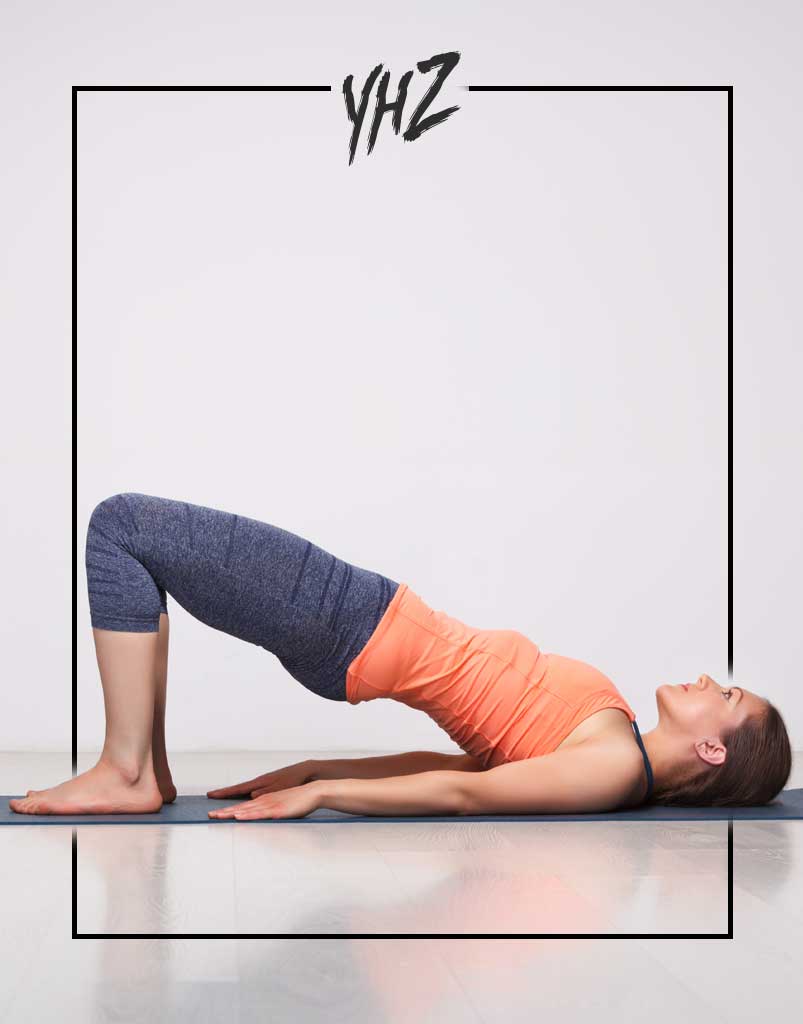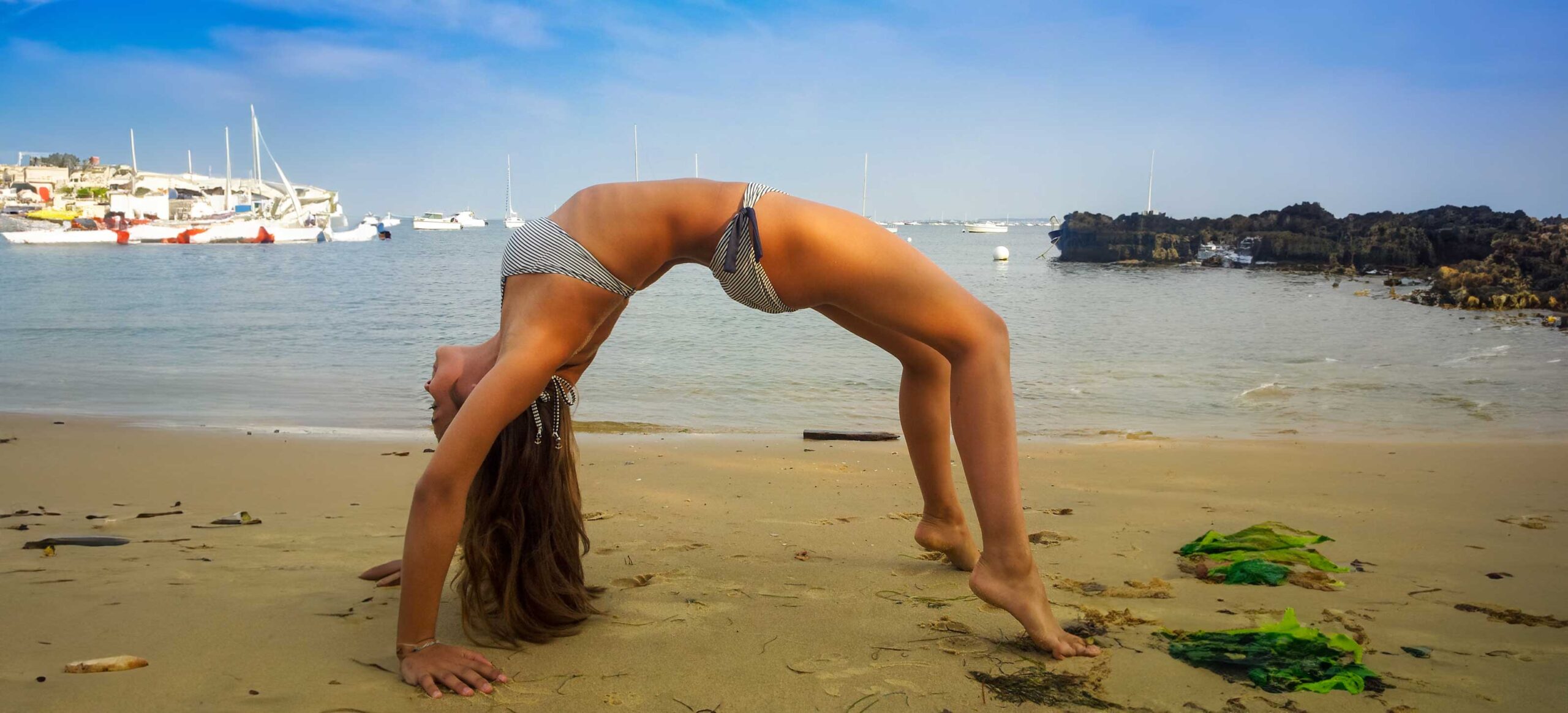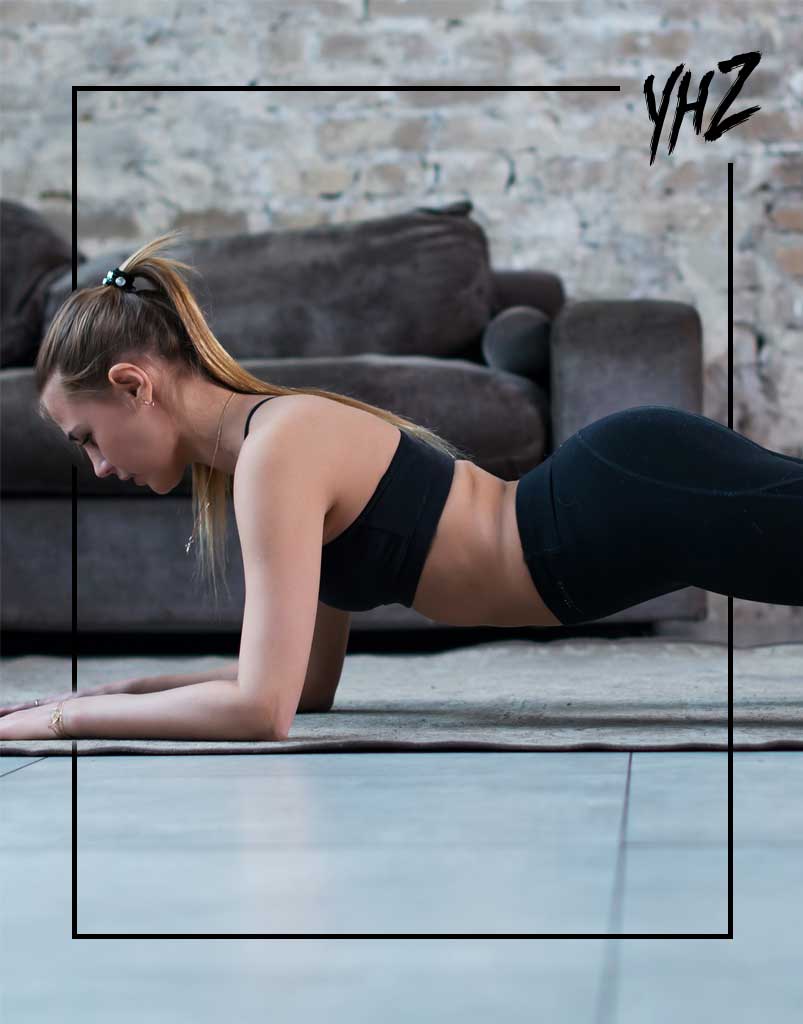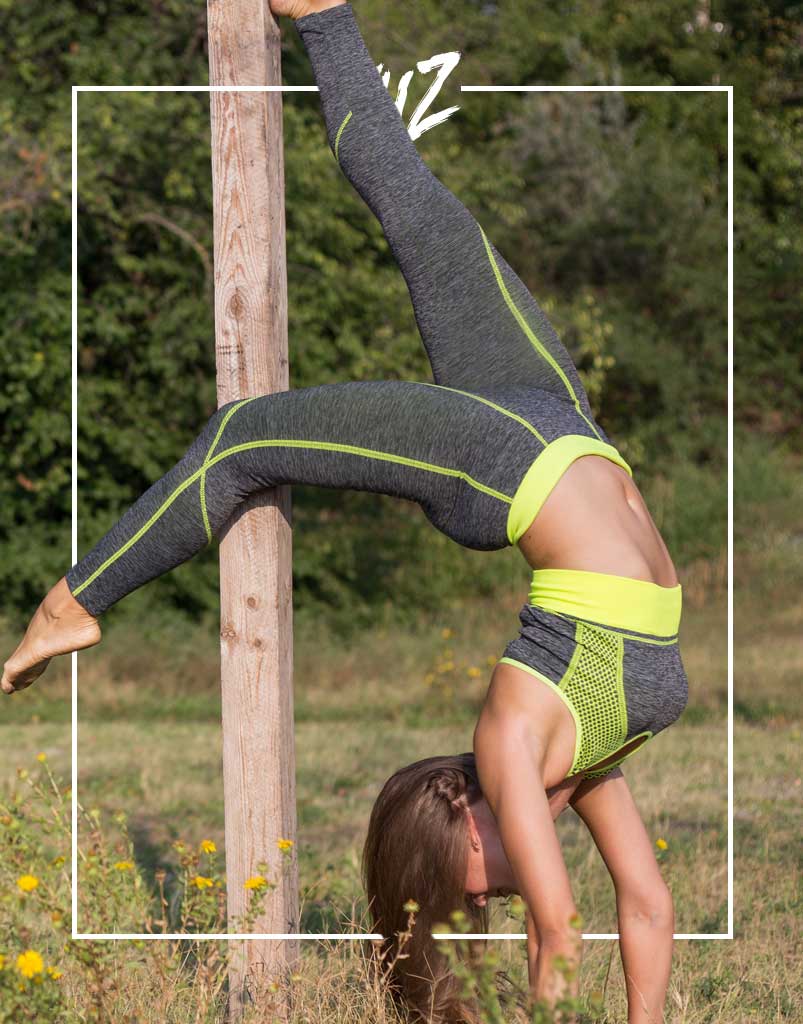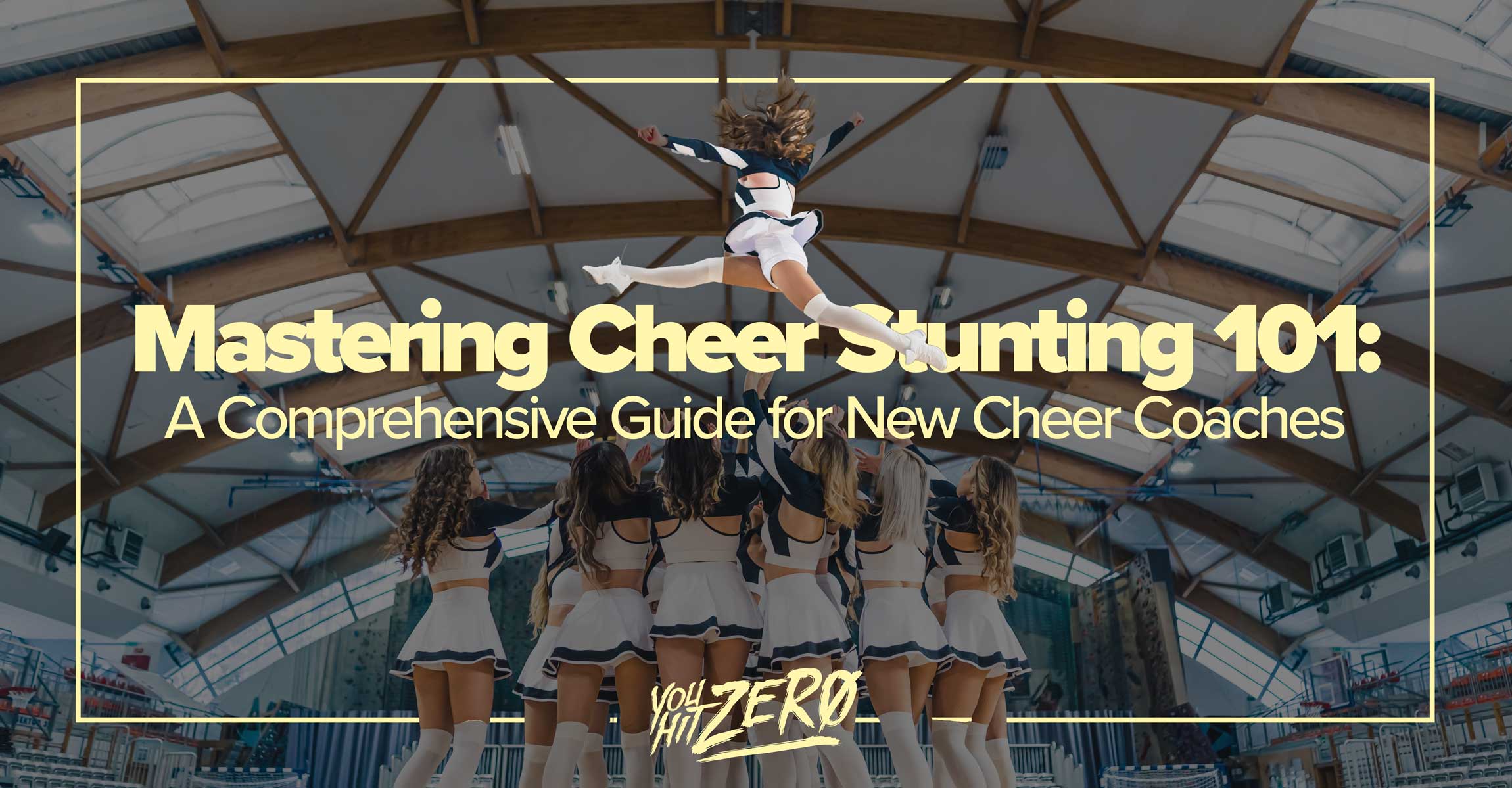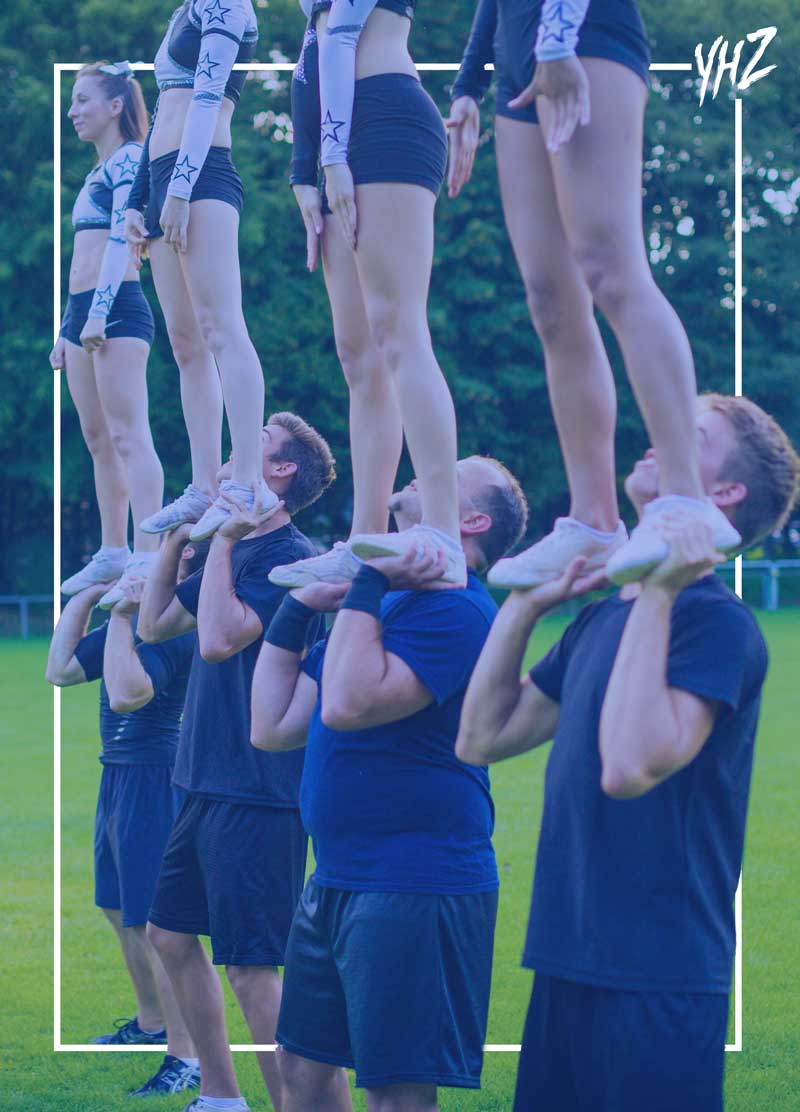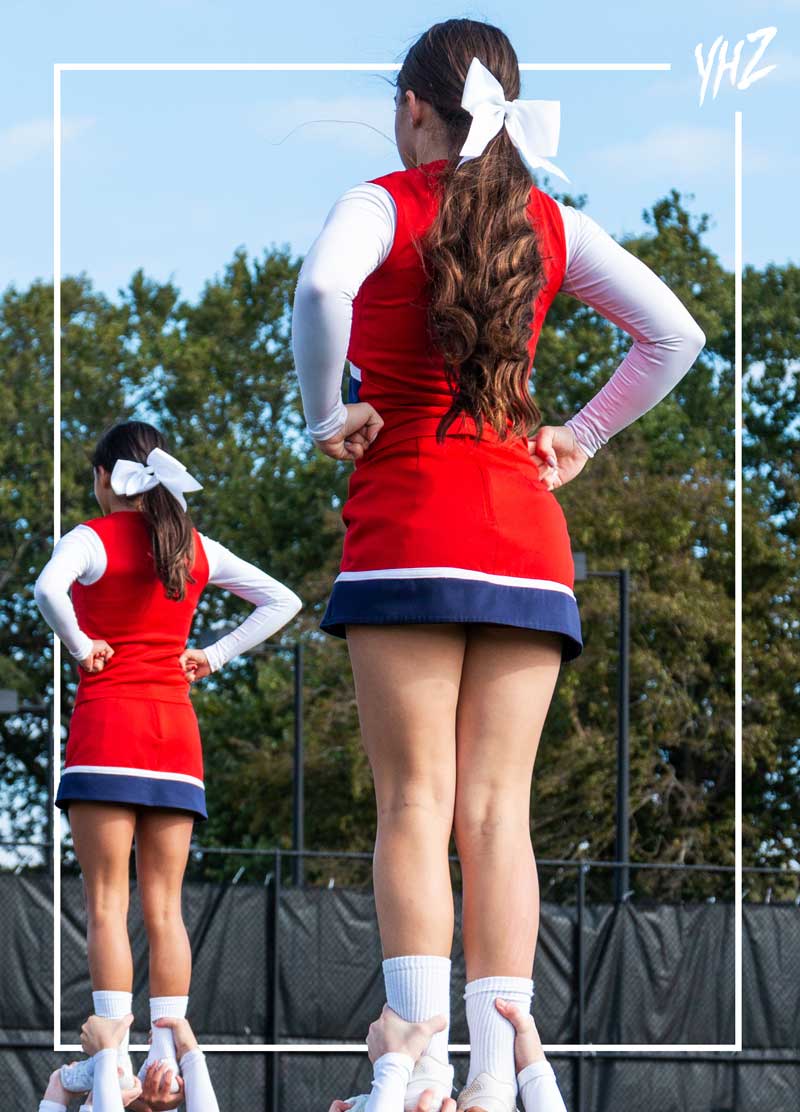By Steve Pawlyk
Published November 14, 2023
Many athletes find themselves in a common predicament—regaining lost flexibility. Flexibility is a cornerstone of cheerleading, essential for executing stunts, tumbling, and jumps with grace and precision. In this guide, we delve into targeted stretches and strategies to enhance your flexibility, focusing on hips and arms, ensuring you’re tryout-ready by March.

Understanding Flexibility in Cheerleading:
Flexibility in cheerleading is multifaceted; it encompasses more than the ability to stretch muscles. It’s about achieving optimal mobility—where muscles and joints work in unison to allow for complete, fluid movements that are essential in cheer routines.
Additionally, flexibility is deeply intertwined with strength; it’s not enough to merely be able to reach a position. A cheerleader must have the muscular strength to hold that position, perform it with control, and transition in and out of it with precision.
A high V or a heel stretch, for instance, isn’t solely about the ability to lift the leg high but also about the control and stability in the supporting leg, the strength in the core to maintain posture, and the arm strength to hold the pose. Similarly, when maintaining balance in scales and arabesques, a cheerleader must engage multiple muscle groups simultaneously, ensuring that each movement is as deliberate as it is graceful.
The integration of flexibility and strength is what allows cheerleaders to perform with the athleticism and artistry that the sport demands. To achieve this, cheerleaders must focus on a holistic flexibility routine that not only increases the range of motion but also builds the strength and control needed to execute complex cheer movements effectively and safely.
Tailored Stretching Regimen:
To regain your flexibility, a structured routine is pivotal, one that progressively enhances your capacity for cheer-specific movements. Here’s a closer look at the essential stretches:
Bridges: An exemplary stretch for cheerleaders, bridges target spinal flexibility, which is a fundamental aspect of tumbling and performing backbends. When you practice bridges, you’re not only increasing the flexibility of your spine but also strengthening your back muscles. This dual benefit is crucial because a strong back enables you to safely perform a wide array of cheer motions, from back walkovers to layouts, reducing the risk of injury.
Splits (Front and Middle): Splits are a definitive stretch that test and improve the elasticity of your hip flexors, hamstrings, and adductors. Consistently practicing both front and middle splits ensures that you develop flexibility evenly on both sides of your body, which is essential for symmetry in cheerleading skills. This symmetry is important not just aesthetically but also functionally, as it allows for balanced force distribution during jumps and while performing stunts.
Pancake Stretch: A pancake stretch is an intensive stretch that has you sit on the ground with your legs spread wide and fold your torso forward. This deep forward fold engages your hamstrings and adductors significantly, which are muscle groups integral to high kicks, jumps, and various stunts. The stretch can help increase your range of motion, making your movements look more effortless and polished.
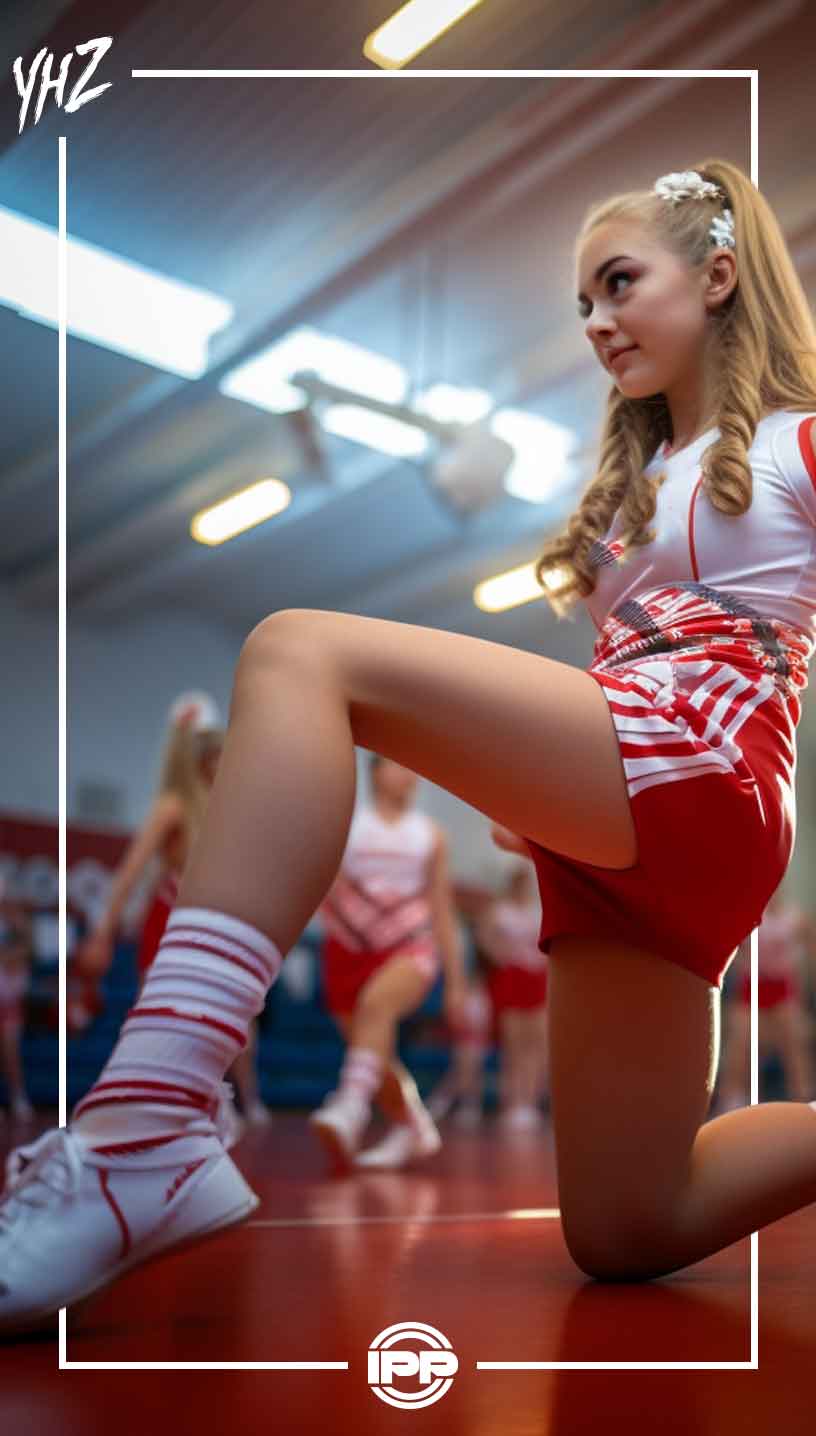

In your routine, these stretches should be complemented with a warm-up to prepare your muscles, and possibly followed by a cool-down to aid recovery. A balanced approach to stretching not only enhances flexibility but also helps in injury prevention, ensuring that you can perform cheerleading routines with both vigor and longevity
Additional Stretching Tips:
- For hip flexibility, consider pigeon poses and butterfly stretches.
- Incorporate shoulder stretches and arm circles to enhance arm mobility.
- Consistency is key. Stretch daily, holding each stretch for at least 30 seconds.
- Warm up before stretching to prevent injuries.
- Incorporate dynamic stretching to simulate cheer movements.
Regaining flexibility is a journey that requires dedication, consistency, and the right techniques. By incorporating these stretches and following a disciplined approach, you’ll see improvement in your flexibility, performance, and confidence at tryouts
IPP's Premade Mixes are USA Cheer Compliant and customizable! Add Sound FX, swap songs, & more! Add your Team Name to the mix for only $10!





